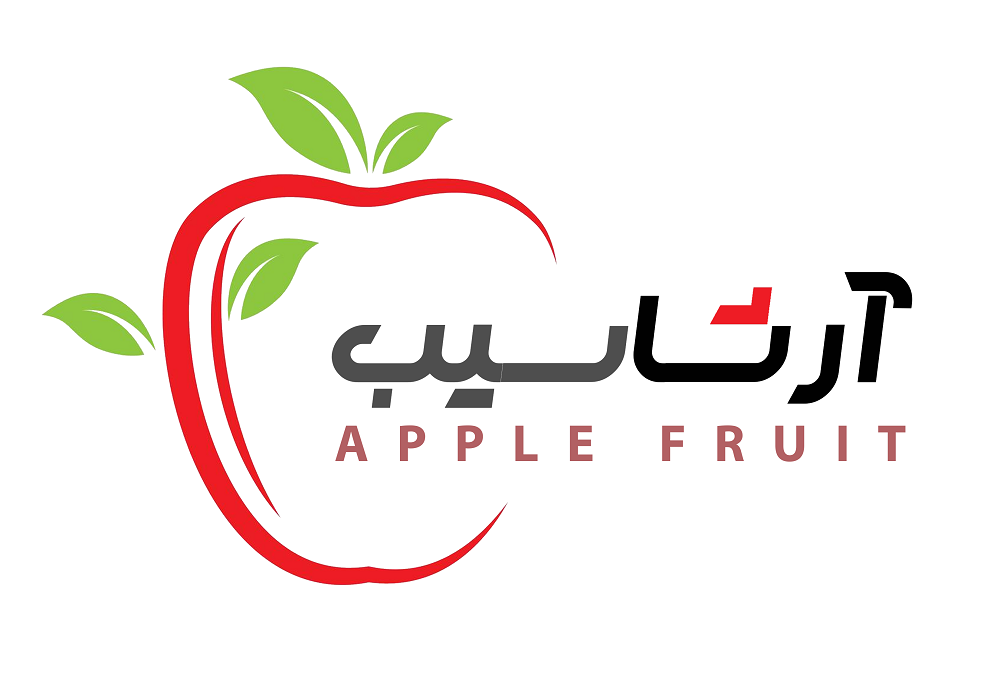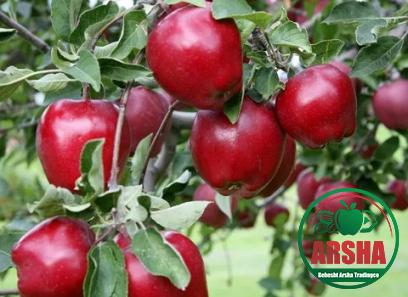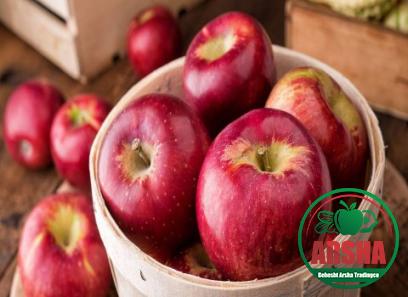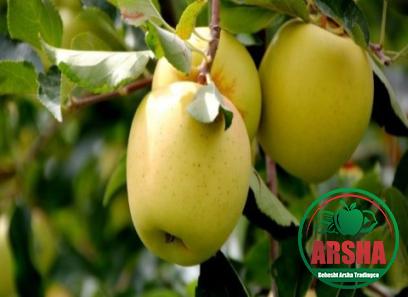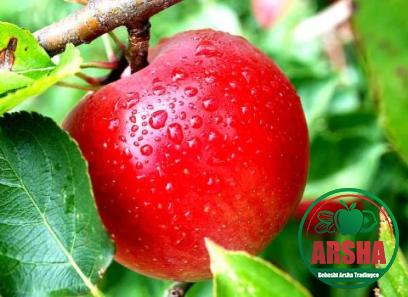In the world of apples, the debate of Fuji apple vs. Red apple has been a long-standing one. Both varieties have their unique characteristics, tastes, and nutritional profiles. This article aims to delve deep into the differences between the two, providing insights for consumers and businesses alike. 1. Taste: One of the primary factors that sets Fuji apples and Red apples apart is their taste. Fuji apples are known for their crisp, juicy texture and a perfect balance of sweetness and tartness. On the other hand, Red apples, such as the popular Red Delicious variety, have a distinctively sweet taste with a slightly milder flavor profile. The preference for taste can vary from person to person, but both varieties offer enjoyable experiences. 2. Texture: Texture plays a crucial role in apple consumption.
.
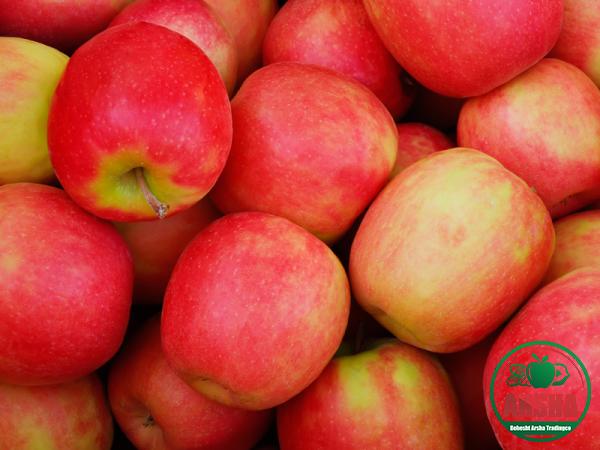 Fuji apples are known for their dense, crunchy texture that holds up well both for snacking and baking purposes. Red apples also exhibit a firm texture but can sometimes be softer and less crisp than Fuji apples. The texture preference for apples can influence their use in various culinary applications, such as pies, salads, or apple sauces. 3. Nutritional Profile: In terms of nutrition, both Fuji apples and Red apples have their distinct benefits. Fuji apples tend to be slightly higher in calories and sugar content, making them a good choice when seeking an energy boost. They are also rich in fiber, which aids in digestion and promotes a feeling of fullness. Red apples, although slightly lower in calories, contain a range of essential vitamins and minerals, including vitamin C, potassium, and antioxidants.
Fuji apples are known for their dense, crunchy texture that holds up well both for snacking and baking purposes. Red apples also exhibit a firm texture but can sometimes be softer and less crisp than Fuji apples. The texture preference for apples can influence their use in various culinary applications, such as pies, salads, or apple sauces. 3. Nutritional Profile: In terms of nutrition, both Fuji apples and Red apples have their distinct benefits. Fuji apples tend to be slightly higher in calories and sugar content, making them a good choice when seeking an energy boost. They are also rich in fiber, which aids in digestion and promotes a feeling of fullness. Red apples, although slightly lower in calories, contain a range of essential vitamins and minerals, including vitamin C, potassium, and antioxidants.
..
 A healthy balance of both varieties can be incorporated into a well-rounded diet. 4. Shelf Life: When it comes to shelf life, Fuji apples have an edge over Red apples. Fuji apples possess natural longevity due to their thick skin and low susceptibility to bruising. They can remain fresh for several weeks or even months when stored in proper conditions. Red apples, however, are more prone to bruising and tend to have a shorter shelf life. Businesses involved in apple distribution and retail should consider these factors when making choices regarding storage, transportation, and inventory management. 5. Market Demand: The market demand for Fuji apples and Red apples can vary depending on demographics and geographical locations. Fuji apples, with their distinctive flavor and international popularity, are often in high demand. They are commonly used in a wide array of culinary dishes and are preferred by consumers seeking a balance of sweetness and tartness.
A healthy balance of both varieties can be incorporated into a well-rounded diet. 4. Shelf Life: When it comes to shelf life, Fuji apples have an edge over Red apples. Fuji apples possess natural longevity due to their thick skin and low susceptibility to bruising. They can remain fresh for several weeks or even months when stored in proper conditions. Red apples, however, are more prone to bruising and tend to have a shorter shelf life. Businesses involved in apple distribution and retail should consider these factors when making choices regarding storage, transportation, and inventory management. 5. Market Demand: The market demand for Fuji apples and Red apples can vary depending on demographics and geographical locations. Fuji apples, with their distinctive flavor and international popularity, are often in high demand. They are commonly used in a wide array of culinary dishes and are preferred by consumers seeking a balance of sweetness and tartness.
…
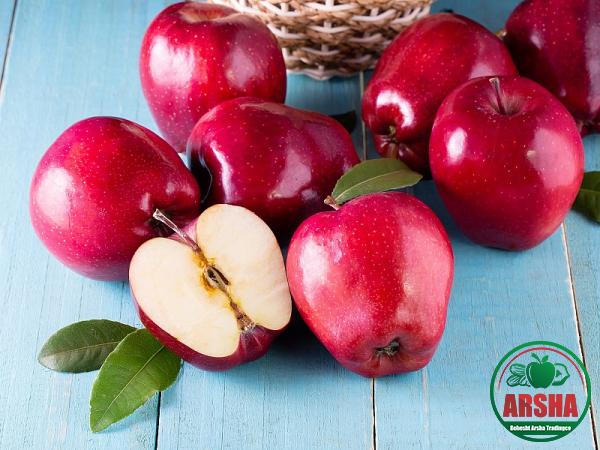 Red apples, particularly the Red Delicious variety, have traditionally been an American favorite and are often associated with nostalgia. Understanding regional consumer preferences can help businesses tailor their offerings to maximize profitability. Conclusion: The battle between Fuji apples and Red apples ultimately comes down to personal preference and specific use cases. While Fuji apples offer a crisp texture and a well-balanced taste, Red apples, such as the Red Delicious variety, cater to those who favor a sweeter experience. The nutritional benefits and market demand for both types provide opportunities for businesses to cater to diverse consumer needs. Ultimately, a successful apple business should consider the unique characteristics of these apple varieties to cater to their target audience while maintaining a balance between taste, nutrition, and market demand.
Red apples, particularly the Red Delicious variety, have traditionally been an American favorite and are often associated with nostalgia. Understanding regional consumer preferences can help businesses tailor their offerings to maximize profitability. Conclusion: The battle between Fuji apples and Red apples ultimately comes down to personal preference and specific use cases. While Fuji apples offer a crisp texture and a well-balanced taste, Red apples, such as the Red Delicious variety, cater to those who favor a sweeter experience. The nutritional benefits and market demand for both types provide opportunities for businesses to cater to diverse consumer needs. Ultimately, a successful apple business should consider the unique characteristics of these apple varieties to cater to their target audience while maintaining a balance between taste, nutrition, and market demand.
